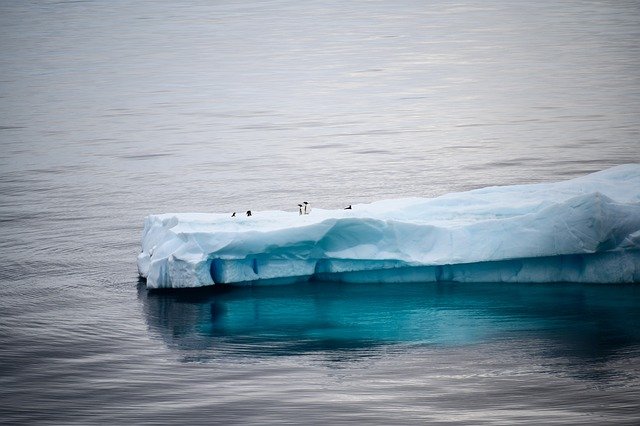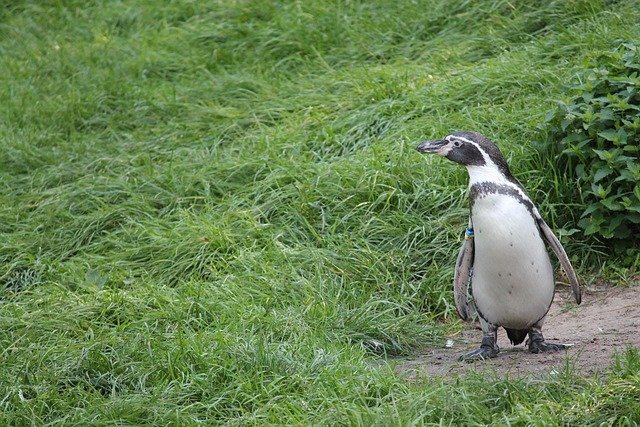**Title: "Adapting to the Ice: How Climate Change is Impacting Penguin Habitats

Adapting to the Ice: How Climate Change is Impacting Penguin Habitats
Climate change is one of the most pressing challenges facing our planet today, and its effects are being felt in even the most remote regions, including the icy habitats of penguins. These remarkable birds, primarily found in the Southern Hemisphere, have adapted to some of the harshest environments on Earth. However, as global temperatures rise and ice melts, their survival is increasingly at risk.
The Role of Ice in Penguin Habitats
Penguins rely heavily on sea ice for various aspects of their life cycle, including breeding, feeding, and protection from predators. Species such as the Emperor and Adélie penguins depend on stable ice platforms to raise their young. The melting of sea ice disrupts these critical processes, leading to decreased breeding success and increased mortality rates among chicks.
Key Impacts of Climate Change on Penguin Habitats
Melting Sea Ice
As temperatures rise, the extent and thickness of sea ice are diminishing. This loss not only affects penguins' nesting sites but also reduces access to food sources like krill and fish that thrive in icy waters.Altered Food Webs
The warming oceans impact the entire marine ecosystem. Changes in the distribution and abundance of prey species can lead to food shortages for penguins, forcing them to travel further and expend more energy to find sustenance.Increased Competition
As habitats change, penguin populations may start to overlap with other species, leading to increased competition for resources. This can put additional stress on already vulnerable populations.Extreme Weather Events
Climate change is linked to more frequent and severe weather events, such as storms and heatwaves. These events can directly impact penguin colonies, destroying nests and reducing chick survival rates.
What Can Be Done?
Addressing climate change requires collective action on a global scale. Here are some steps we can take to help protect penguin habitats:
- Reduce Carbon Emissions: Transitioning to renewable energy sources and reducing fossil fuel consumption can significantly decrease greenhouse gas emissions.
- Support Conservation Initiatives: Organizations focused on marine conservation and penguin protection work tirelessly to safeguard critical habitats. Supporting these initiatives can make a difference.
- Raise Awareness: Educating others about the impacts of climate change on wildlife can help foster a sense of urgency and encourage action.
Conclusion
The plight of penguins in the face of climate change serves as a poignant reminder of the interconnectedness of our ecosystems. By understanding the challenges these incredible birds face, we can take meaningful steps toward ensuring their survival and the health of our planet. As we adapt to the changing climate, let us strive to protect the icy homes of penguins and the rich biodiversity they represent.

Upvoted! Thank you for supporting witness @jswit.